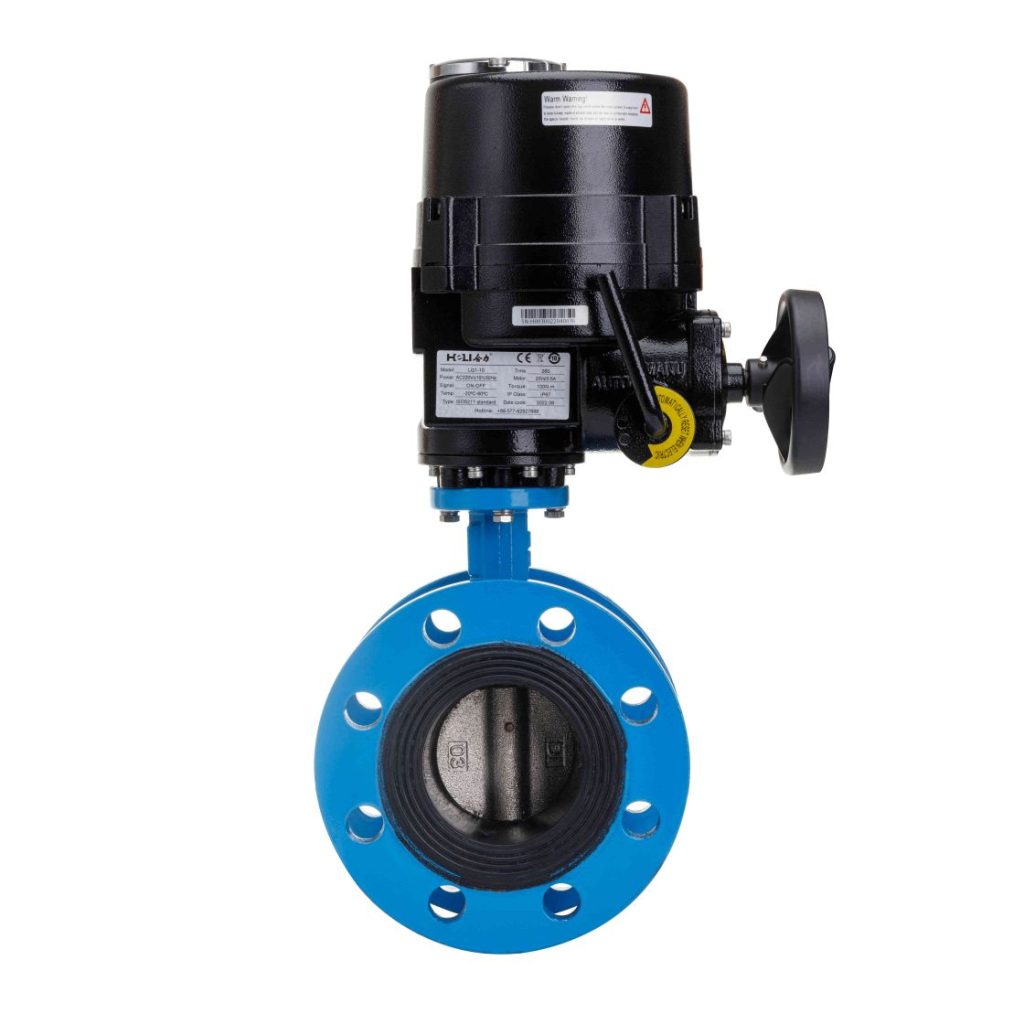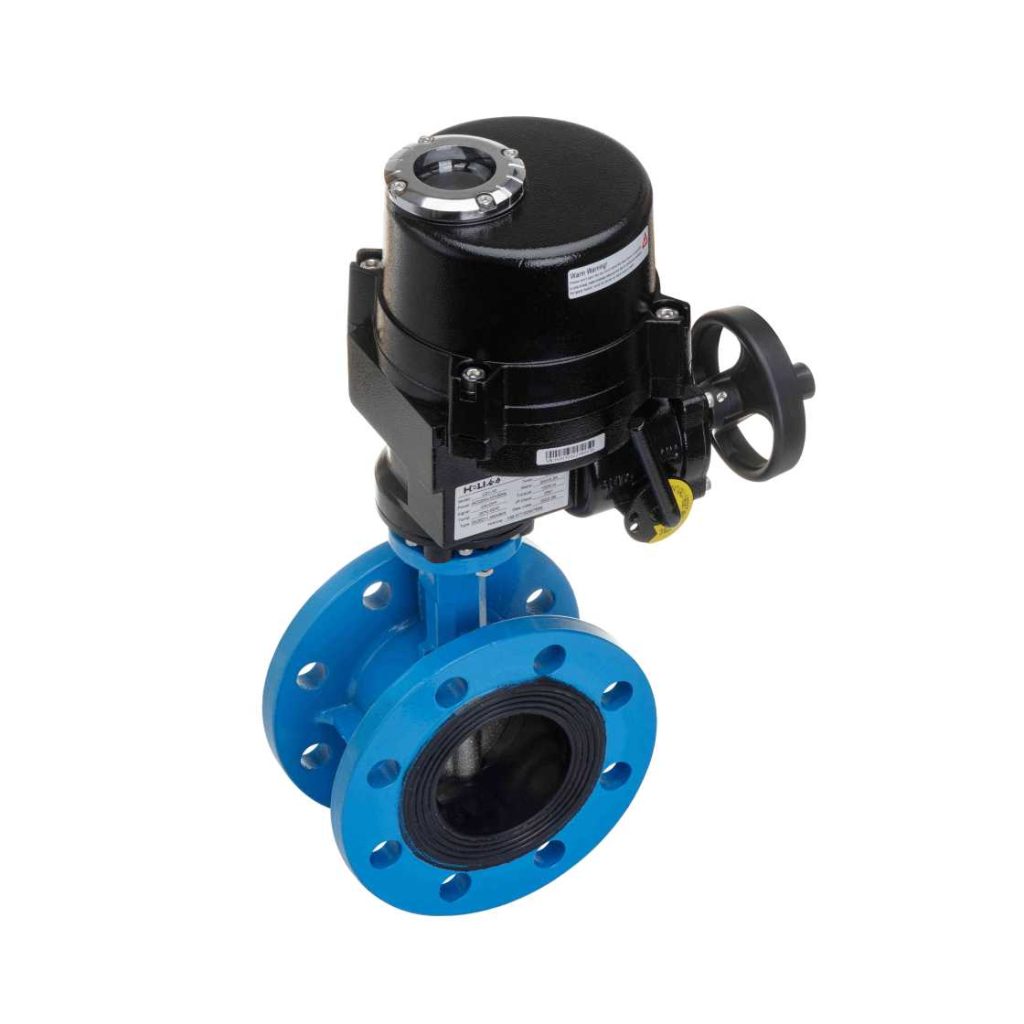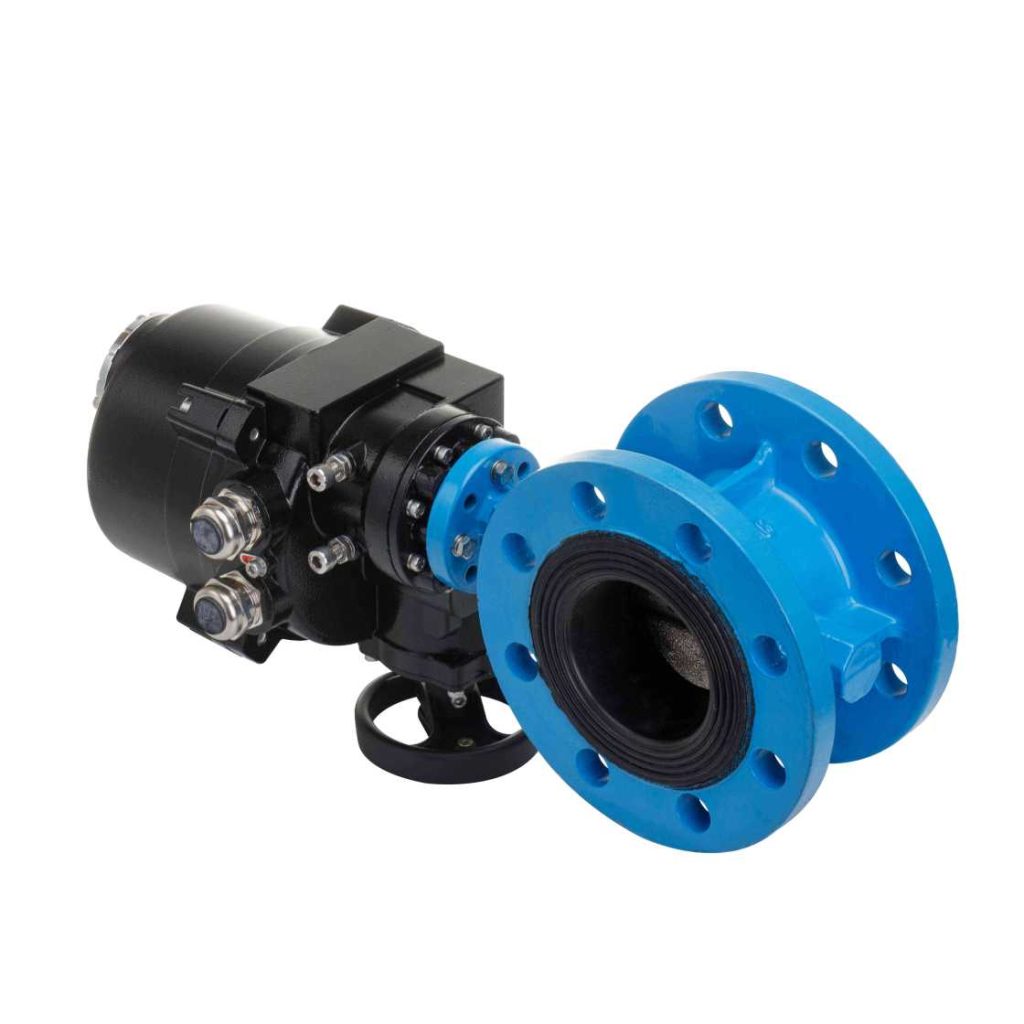An electric flanged butterfly valve is an essential component used in modern fluid and gas control systems, primarily in industrial applications. It combines the simplicity and efficiency of a butterfly valve with the convenience and precision of electric actuation, offering several advantages in terms of ease of operation, reliability, and energy efficiency. In this article, we will explore the key features, benefits, and applications of electric flanged butterfly valves, and understand why they are a preferred choice in various industries.

What is an Electric Flanged Butterfly Valve?

A butterfly valve is a type of quarter-turn valve that is commonly used to regulate the flow of fluids through a pipe. The valve’s design includes a circular disc that rotates to open or close the flow passage. The “flanged” part refers to the valve’s connection style, where the valve body has flanges at the ends that allow it to be bolted directly to the piping system. When the valve is equipped with an electric actuator, it becomes an electric flanged butterfly valve. The electric actuator is responsible for automatically rotating the valve’s disc, providing precise control over the flow of fluids or gases in the system. This is particularly useful in systems where manual operation is not feasible or efficient. The electric actuator can be controlled remotely, enabling seamless integration into automated processes.
